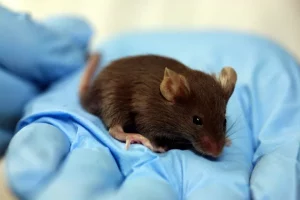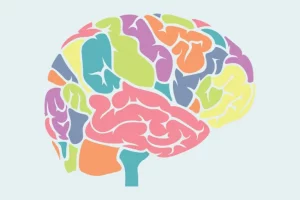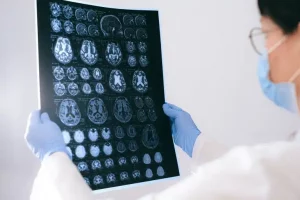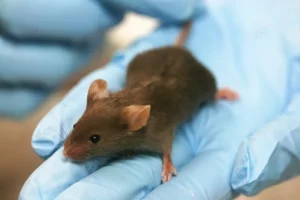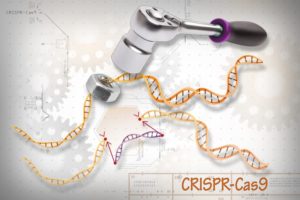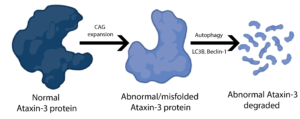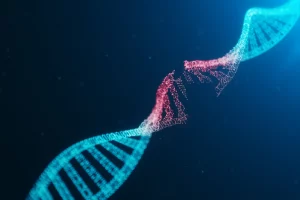
Failure to repair DNA damage may be linked to SCA3
Written by Dr. Ambika Tewari Edited by Dr. Maria do Carmo Costa Mutations in Ataxin-3 protein prevent the normal functioning of a DNA repair enzyme leading to an accumulation of errors Cells are bombarded by thousands of DNA damaging events each day from internal and external sources. Internal sources include Read More…


